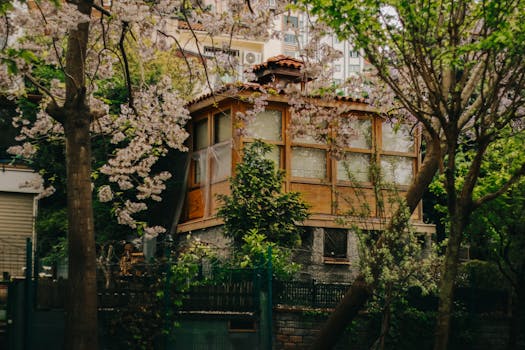
Urban Green Spaces: The Future of Outdoor Living in European Cities by 2025
Urban Green Spaces: The Future of Outdoor Living in European Cities by 2025 is becoming increasingly important for the well-being of citizens. As the world becomes more urbanized, the need for green spaces in cities is growing. These spaces not only provide a tranquil escape from the hustle and bustle of city life but also offer numerous benefits for both physical and mental health.
Introduction to Urban Green Spaces
Urban green spaces refer to areas in cities that are designated for greenery, such as parks, gardens, and green roofs. These spaces can be found in various forms and sizes, from small community gardens to large national parks. The importance of urban green spaces cannot be overstated, as they provide a range of benefits for both the environment and human health.
Benefits of Urban Green Spaces
Some of the key benefits of urban green spaces include:
- Improved air quality: Green spaces help to absorb pollutants and particulate matter, improving the overall air quality in cities.
- Reduced urban heat island effect: Urban green spaces can help to mitigate the urban heat island effect, which occurs when built-up areas absorb and retain heat, making cities warmer than surrounding rural areas.
- Increased biodiversity: Green spaces provide habitats for a wide range of plant and animal species, helping to maintain biodiversity in urban areas.
- Improved mental health: Spending time in green spaces has been shown to have a positive impact on mental health, reducing stress and anxiety.
- Increased opportunities for physical activity: Green spaces provide opportunities for physical activity, such as walking, cycling, and sports, which can help to improve overall health and well-being.
European Cities Leading the Way
Many European cities are leading the way in terms of urban green space development. Cities such as Copenhagen, Stockholm, and Amsterdam have incorporated green spaces into their urban planning, providing citizens with access to parks, gardens, and other green areas.
Future of Outdoor Living in European Cities
By 2025, urban green spaces are expected to play an even more important role in European cities. As cities continue to grow and urbanize, the need for green spaces will become increasingly important. Cities will need to incorporate green spaces into their urban planning, providing citizens with access to parks, gardens, and other green areas.
Conclusion
In conclusion, urban green spaces are the future of outdoor living in European cities by 2025. These spaces provide numerous benefits for both the environment and human health, and their importance will only continue to grow as cities become more urbanized. By incorporating green spaces into urban planning, cities can provide citizens with access to tranquil escapes from the hustle and bustle of city life, while also promoting physical and mental well-being.





